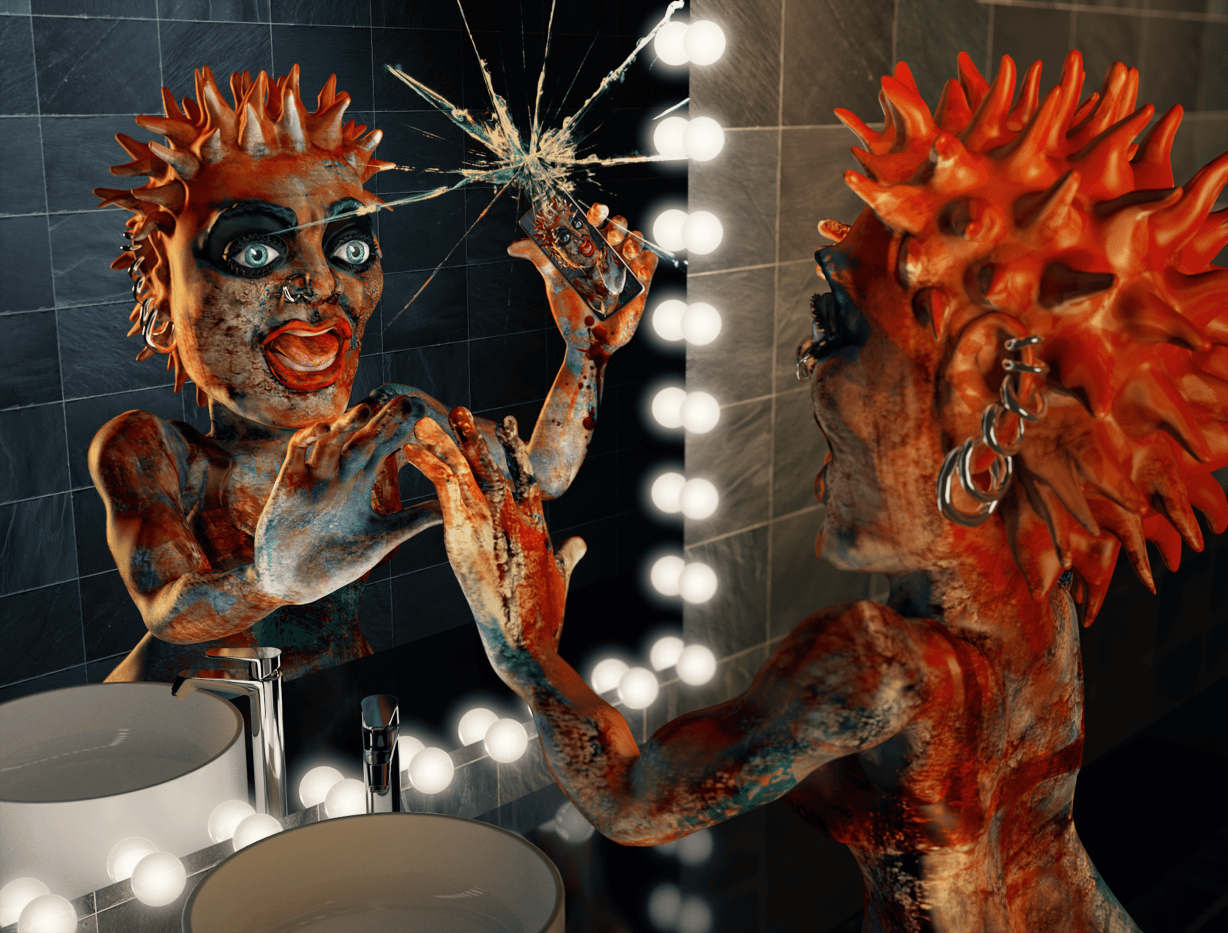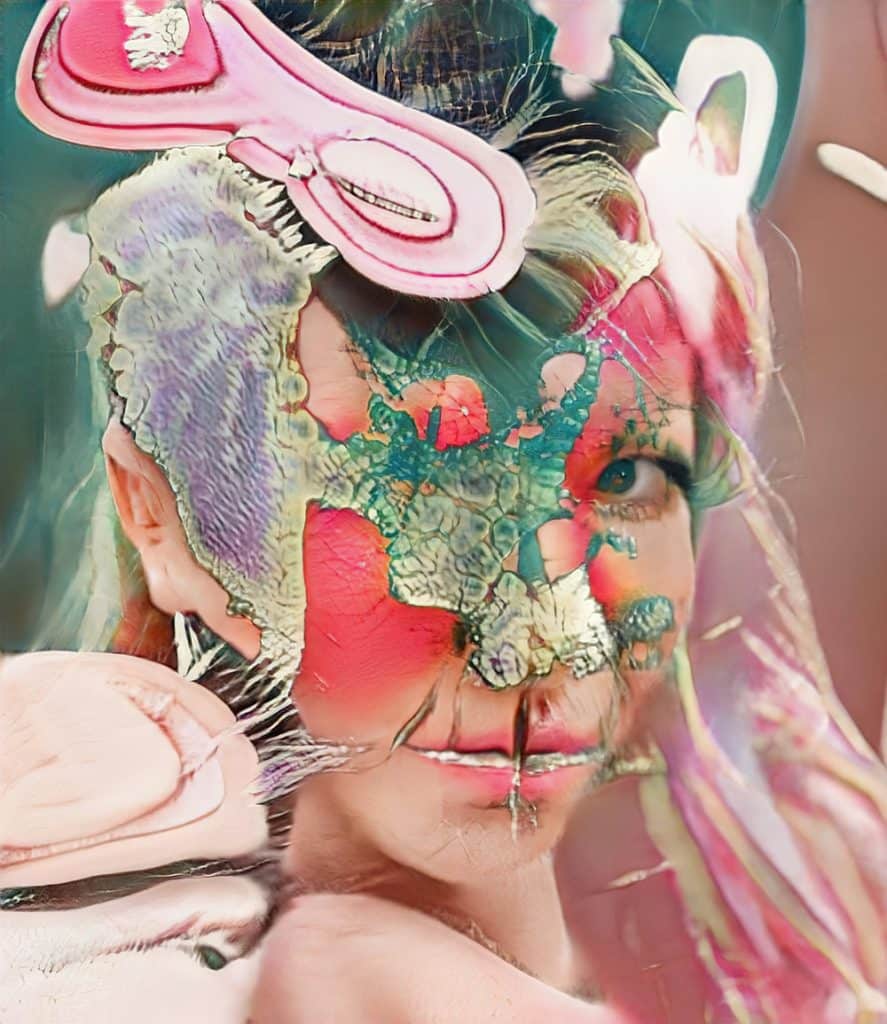
Once I knew that I wanted to be an artist, I had made myself into one. I did not understand that wanting doesn’t always lead to action. Many of the women had been raised without the sense that they could mold and shape their own lives, and so, wanting to be an artist (but without the ability to realize their wants) was, for some of them, only an idle fantasy, like wanting to go to the moon. — Judy Chicago
It’s hard to be what we cannot see and even harder if we don’t know who we are ourselves. Identity is so much more than the limited boxes that we are given. For many artists, the exploration of identity — our own and those of others — is a natural practice; we bring our authentic selves to our art. Who or what do we see when we look in the mirror?
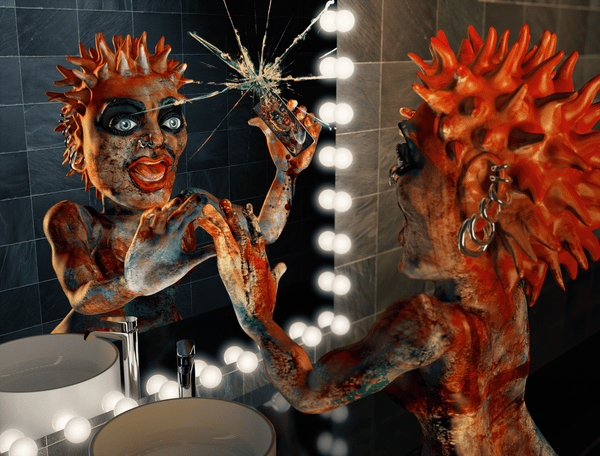
Each artist featured in this collection, titled “IDentity: (Self)-Made by Women,” has a diverse range of identities, but they all share the self-determination of being an artist. As it happens, all of them also identify as “she,” which is not the easiest path in the art world.
For generations, the names everyone recognizes in art history have been male. (See the #5WomenArtists campaign from the National Museum of Women in the Arts if you need further proof.) Despite this, we can see that every art movement has been shaped by women, who quietly, or sometimes loudly, fought against bias to bring their individual perspective to art. They innovate across mediums, record their lives and challenge society’s understanding of art and a woman’s place within it.
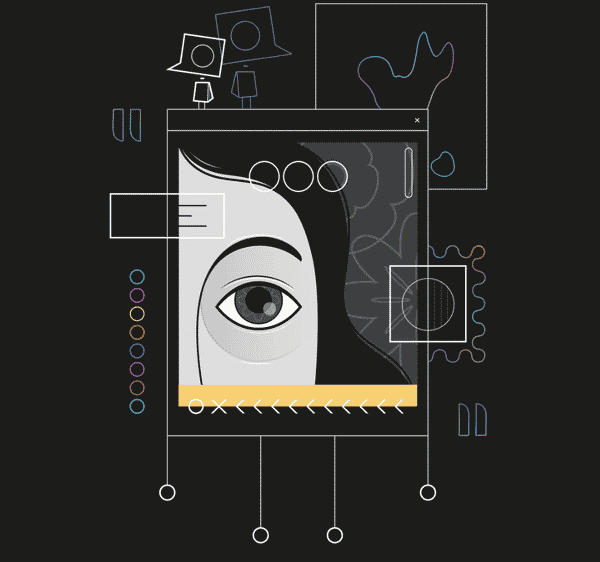
In the traditional art world, we are confronted with statistics like these:
- Just 11 percent of all acquisitions and 14 percent of exhibitions at 26 prominent U.S. museums over the past decade were of work by female artists.
- Only 13.7 percent of living artists represented by galleries in Europe and North America identify as women.
- More than $196.6 billion has been spent on art at auction between 2008 and the first half of 2019. Of this, work made by women accounts for just $4 billion — around 2 percent.
It is hard to imagine the courage and determination it takes to persevere as an artist and a woman.
The NFT market has a chance to correct this.
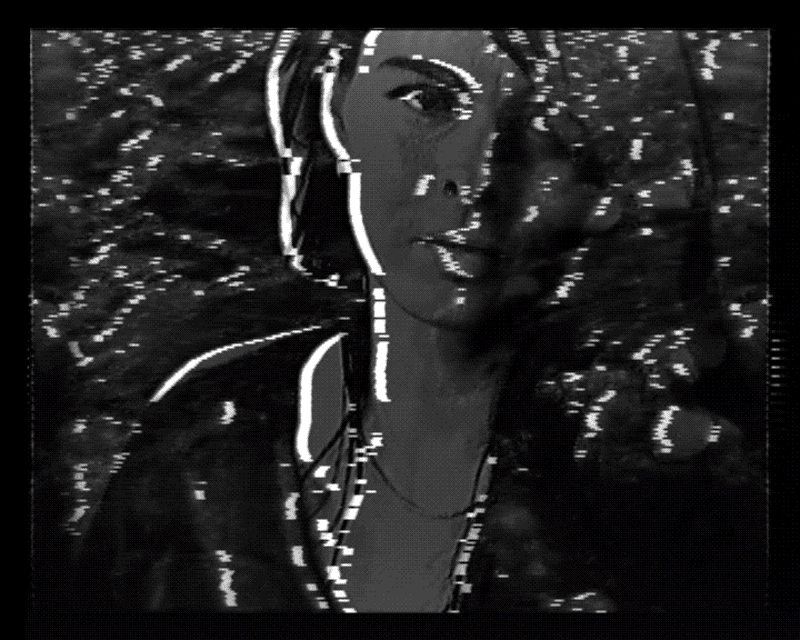
But there is a danger of re-creating the same system and dynamics as we’ve seen throughout art history, because, of course, NFTs don’t operate outside of the systems and society we have created.
There is only one known woman in the top 10 artists by sales of NFTs. You need to skip all the way down into the 50s to find the second.
It isn’t because women artists aren’t creating NFTs.That barrier appears to have been breached by new technology. But, sadly, we do still seem to have a long way to go before the systems and society we have created value women artists as much as they value male artists.
To change this, it is important for women artists to be seen as role models because seeing is believing.
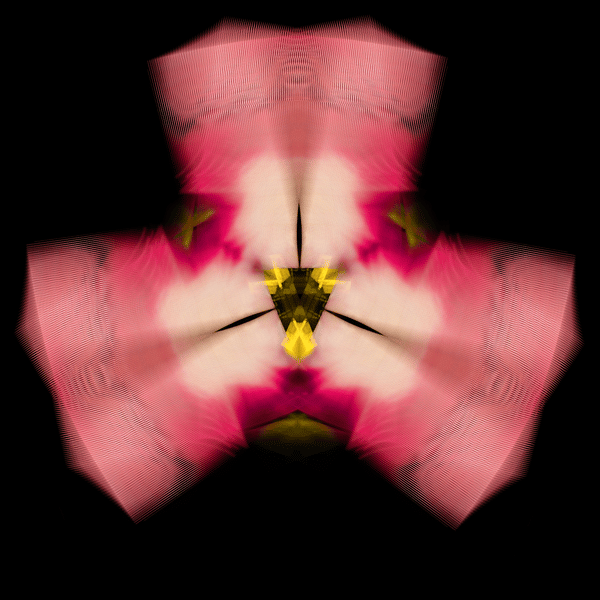
Whether you succeed or not is irrelevant, there is no such thing. Making your unknown known is the important thing — and keeping the unknown always beyond you. — Georgia O’Keeffe
Women artists throughout history have made themselves seen and have gifted us a rich tradition with which to see ourselves. With the feminist movements of the 1960s and ’70s came a wave of artists who put identity in the foreground.
Judy Chicago (b. 1939) made the experience of being a woman, particularly one in a male-dominated field, a major subject of her work. Cindy Sherman (b. 1954) has for decades shot photographs that document the construction of personas. And VALIE EXPORT (b. 1940), one of the first female artists to exploit film and video, sought to reposition how the female body and selfhood, including her own, could be seen.
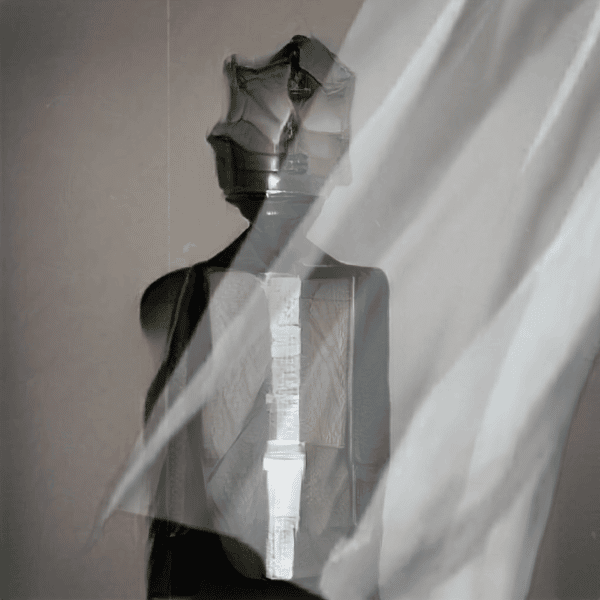
bell hooks emphasizes the importance of marginalized peoples standing their ground and urges all writers from oppressed groups to speak, to talk back — a term that she defines as the movement from object to subject. “Speaking,” she says, “is not solely an expression of creative power; it is an act of resistance, a political gesture that challenges politics of domination that would render us nameless and voiceless. As such, it is a courageous act — as such, it represents a threat.” To talk back is to liberate one’s own voice. — Maura Reilly
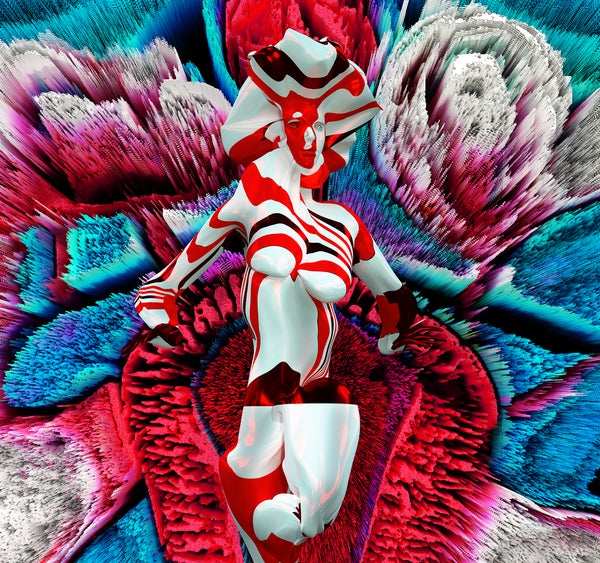
The 12 artists included in “IDentity: (Self)-Made by Women” have spoken, using their visual expression and their very being to “talk back” to the world.
From real veterans of NFTs like Stina Jones, Isa Kost, Vanessa Stati, and Serena Stelitano and other early adopters like Gisel Florez, Sophie Sturdevant, Ina Vare and Chris Kore to those with decades of art practice before NFTs like Karen Frances Eng or oculardelusion, Angie Taylor and Marjan Moghaddam to Amy Robson, who has created her very first NFT for this collection as an evolution of her digital art practice, the breadth and depth of vision, skills and talent this group represents is truly stunning. I have been honored to work with and get to know each and every one of these women. It is with joy and great pleasure that I highlight the works of these artists with the help of 1stDibs.

In bringing these artists together and giving them a brief that allowed for a wide range of individual expression, I hoped to both challenge them to look at identity through their own lens and highlight the diversity of art being made by women creating NFTs.
This month, Women’s History Month, we are celebrating the many women who came before us. But more importantly, we are celebrating all of the women who are here, now, quietly or loudly making history.
